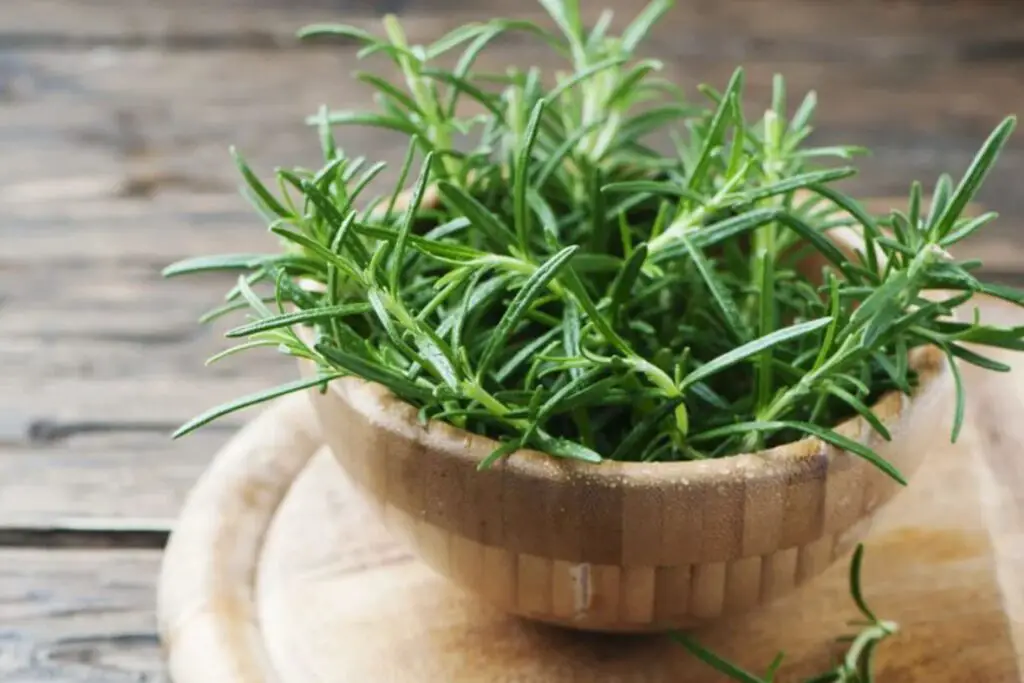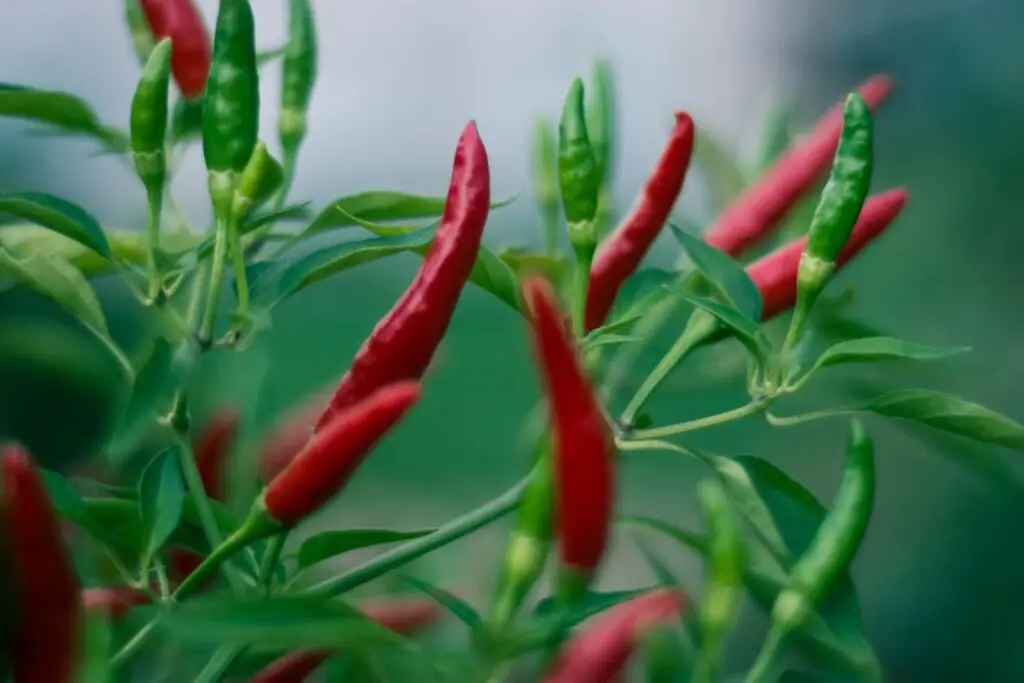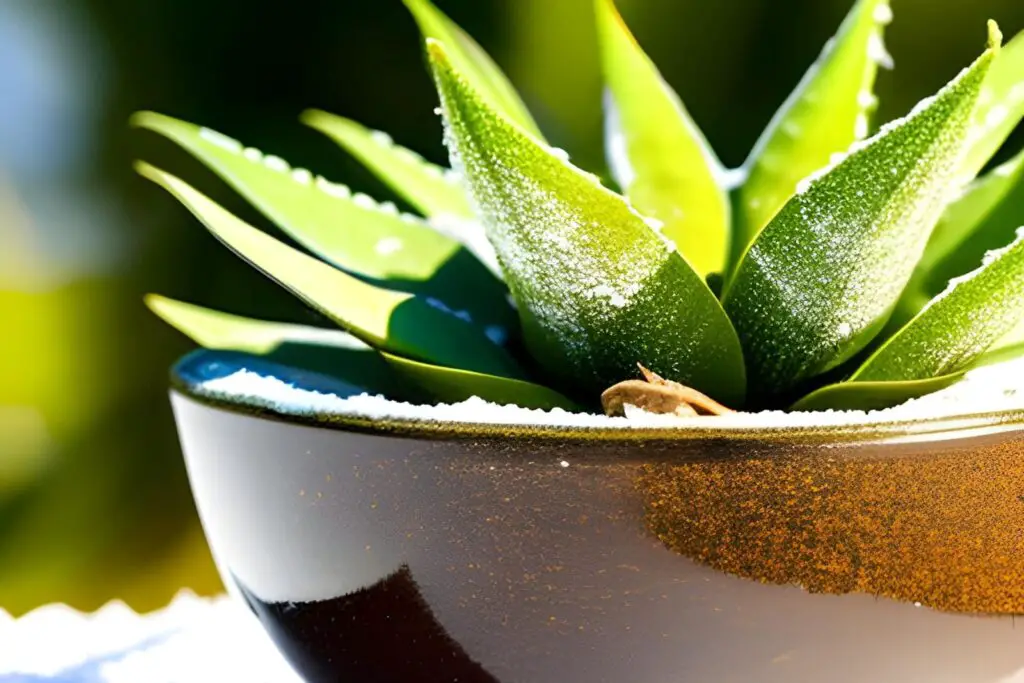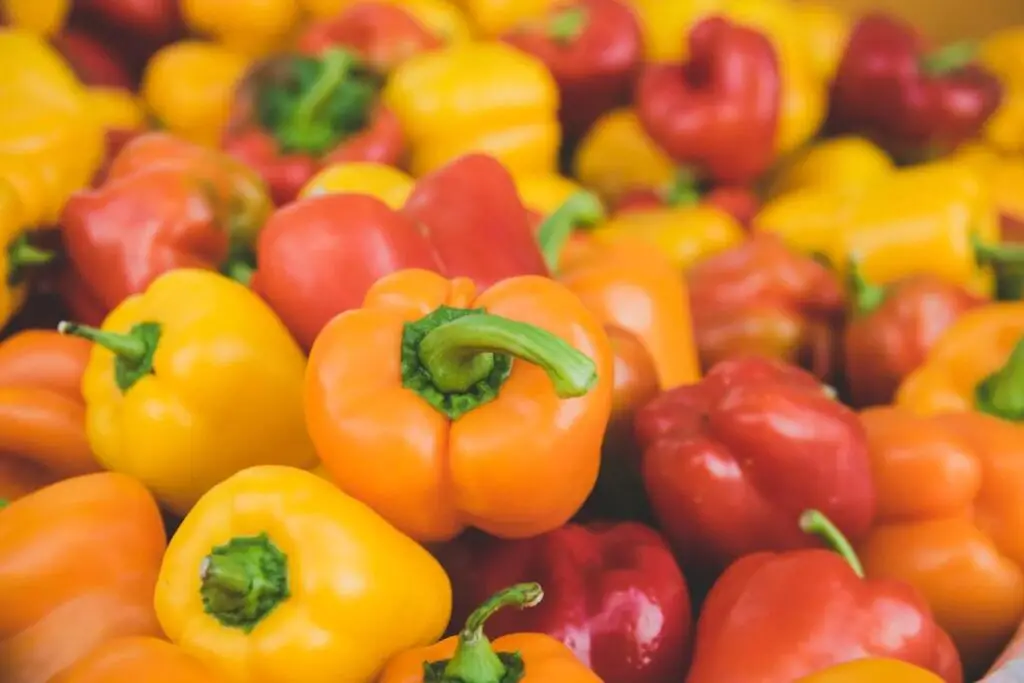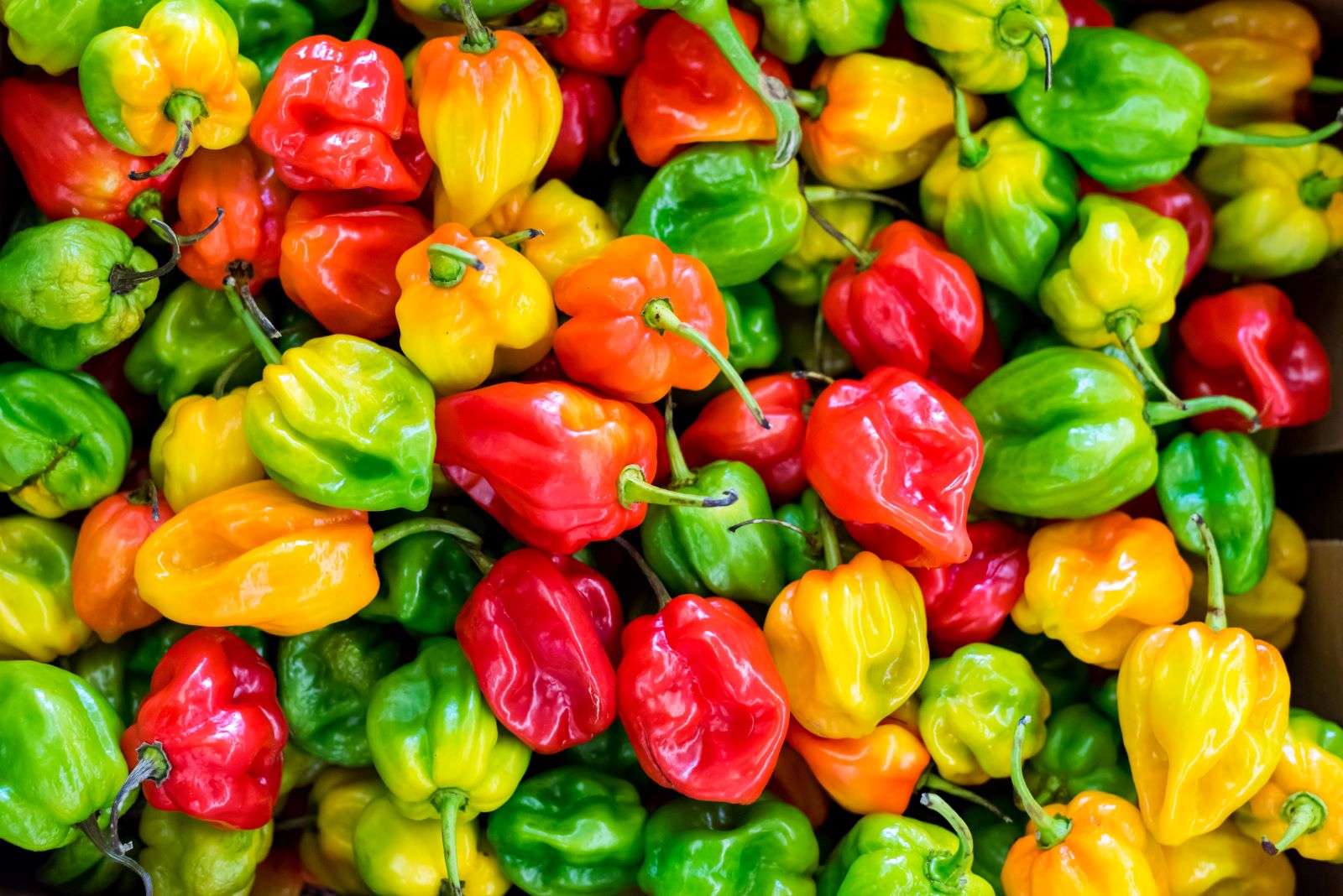
Poblano peppers are a versatile ingredient in Mexican cuisine, commonly used in dishes such as chiles rellenos, enchiladas, and salsas. While fresh poblanos have a delicious flavor and texture, sometimes they can be difficult to find or go bad before you have a chance to use them. Freezing poblanos is an excellent way to preserve them for future use, and it can be done quickly and easily at home. In this guide, we’ll walk you through the steps on how to properly freeze poblano peppers, so you can have them on hand whenever you need them.
Here are the steps to freeze poblano peppers:
- Step 1. Wash the poblano peppers thoroughly with water.
- Step 2. Roast the poblano peppers under a broiler or on a grill.
- Step 3. Place the poblano peppers in a plastic bag or a covered bowl.
- Step 4. Remove the peppers from the bag or bowl.
- Step 5. Slice the peppers in half and remove the seeds and stem.
- Step 6. Place the peppers on a baking sheet lined with parchment paper.
- Step 7. Transfer the poblano peppers to a freezer-safe container or bag.
Step 1. Wash the poblano peppers thoroughly with water.
Washing the poblano peppers thoroughly with water is an important step in the freezing process as it helps to remove any dirt or debris that may be present on the peppers. Dirt and debris can not only affect the taste and texture of the peppers but can also carry harmful bacteria that can lead to foodborne illnesses. By washing the peppers, you are removing any potential contaminants that could compromise the safety and quality of the peppers.
To wash poblano peppers, simply rinse them under cool running water and use your fingers to gently rub the surface of the peppers to remove any dirt or debris. It’s important to wash the peppers even if you plan to roast them as roasting alone may not remove all the contaminants. Once you’ve washed the peppers, pat them dry with a paper towel before proceeding with the rest of the freezing process.
Step 2. Roast the poblano peppers under a broiler or on a grill.
Roasting the poblano peppers is an important step in the freezing process as it helps to enhance the flavor and texture of the peppers. Roasting under a broiler or on a grill allows the skin of the pepper to char and blister, which imparts a smoky, sweet flavor to the pepper and helps to soften the flesh.
To roast poblano peppers, you can place them under a broiler or on a grill. If using a broiler, place the peppers on a baking sheet and place them on the top rack of the oven, directly under the broiler. If using a grill, place the peppers directly on the grill grates. Turn the peppers occasionally to ensure that all sides are evenly charred and blistered.
The roasting time can vary depending on the heat source and the size of the peppers, but generally, it takes 5-10 minutes. You’ll know the peppers are ready when the skin is blackened and blistered all over. The roasting process can also help to loosen the skin, making it easier to remove in the next step.
Once the peppers are roasted, remove them from the heat source and proceed to the next step in the freezing process.
Step 3. Place the poblano peppers in a plastic bag or a covered bowl.
After roasting, it’s important to let the poblano peppers steam for a few minutes as this helps to loosen the skin, making it easier to peel off in the next step of the freezing process. The steam helps to create moisture that separates the skin from the flesh of the pepper.
To steam the peppers, remove them from the heat source and immediately place them in a plastic bag or covered bowl. You can use a plastic zip-top bag or a heat-safe bowl with a tight-fitting lid. By covering the peppers, you’re creating a closed environment where the steam is trapped and can work its magic.
Allow the peppers to steam for 10-15 minutes. During this time, the skin will loosen and the peppers will become more tender. Once the steaming time is up, remove the peppers from the bag or bowl and proceed to the next step of peeling and seeding them.
Should I steam poblano peppers before freezing?
While it’s not necessary to steam poblano peppers before freezing, roasting them will enhance their flavor and texture. Roasting also makes it easier to remove the skin and seeds. However, if you prefer steaming, it can be done to soften the peppers and remove the skin and seeds, but it may result in a slightly different texture and flavor.
Step 4. Remove the peppers from the bag or bowl.
Part of the freezing process of poblano peppers is to remove the peppers from the bag or bowl and peel off the charred skin. After the steaming process, the skin should be loose and come off relatively easily.
It’s okay if some small bits of skin remain as they won’t affect the taste or texture of the peppers significantly. However, it’s important to remove as much of the skin as possible, as any remaining skin may become tough and chewy when frozen, which can negatively impact the overall quality of the peppers.
When peeling the peppers, you can use your hands or a small knife to gently remove the skin. Start by pulling the skin away from the flesh and working your way around the pepper. If any parts of the skin are particularly stubborn, you can use a knife to gently scrape them off.
Once the skin has been removed, you can cut off the stem and remove the seeds from the inside of the pepper. The seeds and stem can be discarded, and the flesh of the pepper can be sliced, diced or left whole, depending on your preference.
Step 5. Slice the peppers in half and remove the seeds and stem.
This step is important to ensure that the peppers are ready for freezing and that they will maintain their quality during the freezing and thawing process.
Slicing the peppers in half allows you to easily access the inside of the pepper and remove the seeds and stem. The seeds and stem can be discarded, as they are not typically used in recipes and can add a bitter flavor to the dish if left in. To remove the seeds and stem, simply cut the pepper in half lengthwise and gently pull out the stem and seeds with your fingers or a small knife. Be careful not to damage the flesh of the pepper while doing so.
Once the seeds and stem have been removed, you can decide how you want to further prepare the peppers for freezing. You can slice them into smaller pieces, leave them whole, or even chop them up into a fine dice.
Can the size and shape of the pepper affect the freezing process?
It’s important to make sure that the peppers are completely frozen before transferring them to a freezer-safe container or bag. This will prevent the peppers from sticking together and help to maintain their quality during the freezing process.
Step 6. Place the peppers on a baking sheet lined with parchment paper.
This step is important to prevent the peppers from sticking together during the freezing process and to ensure that they freeze evenly.
Placing the peppers on a baking sheet lined with parchment paper allows for easy removal of the peppers once they are frozen. The parchment paper prevents the peppers from sticking to the baking sheet, which can make it difficult to remove them later.
Once the peppers are placed on the baking sheet, they should be put in the freezer and left to freeze for a few hours until they are completely frozen. The amount of time it takes for the peppers to freeze will depend on the temperature of your freezer and the size of the peppers.
It’s important to make sure that the peppers are completely frozen before transferring them to a freezer-safe container or bag. This will prevent the peppers from sticking together and help to maintain their quality during the freezing process.
Placing the peppers on a baking sheet lined with parchment paper in Step 6 is an important part of the process of freezing poblano peppers. It helps to prevent the peppers from sticking together and ensures that they freeze evenly, making them easier to store and use in the future.
Step 7. Transfer the poblano peppers to a freezer-safe container or bag.
In Step 7 of freezing poblano peppers, once the peppers are completely frozen, they need to be transferred to a freezer-safe container or bag. This step is important to protect the peppers from freezer burn and maintain their quality during the freezing process.
Freezer burn occurs when the surface of the food becomes dehydrated and damaged due to exposure to air in the freezer. This can cause the texture and flavor of the food to degrade over time, resulting in a loss of quality.
To prevent freezer burn, it’s important to remove as much air as possible from the container or bag before sealing it. Excess air in the container or bag can cause the peppers to dry out and become freezer burned.
To remove excess air from a container, press down on the surface of the peppers to release any air pockets, then place the lid on the container and press down to create a tight seal.
To remove excess air from a bag, press out as much air as possible before sealing it. You can use a vacuum sealer to remove even more air if you have one available.
Once the container or bag is sealed, label it with the contents and date of freezing, and place it back in the freezer. The peppers can be stored in the freezer for up to 6 months.
What are the best freezer-safe containers for freezing poblano peppers?
When freezing poblano peppers, there are several types of freezer-safe containers that you can use. Some of the best options include:
Plastic freezer bags:
These are a convenient and inexpensive option for freezing poblano peppers. Make sure to choose bags that are labeled as freezer-safe and have a strong seal.
Glass containers with airtight lids:
These are a more durable option and are great for long-term storage. Make sure to choose containers with airtight lids to prevent freezer burn.
Plastic containers with airtight lids:
These are another great option for freezing poblano peppers. Make sure to choose containers that are labeled as freezer-safe and have airtight lids to prevent freezer burn.
Other related questions
How long can the frozen Poblano Peppers last in the freezer?
Frozen Poblano Peppers can last in the freezer for up to 8 to 12 months if stored properly. To ensure the best quality and longest shelf life, it is important to store them in an airtight container or a heavy-duty freezer bag that is designed for freezing. Additionally, make sure to label the container or bag with the date so you can keep track of how long the peppers have been frozen. Properly stored frozen Poblano Peppers can still be safe to eat after the 8 to 12 month timeframe, but their quality may begin to degrade over time.
Can you freeze again thawed Poblano Peppers for later use?
No, it is not recommended to refreeze thawed Poblano Peppers as it can affect their quality and increase the risk of bacterial growth. Additionally, repeated freezing and thawing can also increase the risk of bacterial growth, which can cause foodborne illnesses. Therefore, it is best to only freeze Poblano Peppers once, and use them within the recommended time frame to ensure their quality and safety.
Can I freeze Poblano Peppers in bulk or should I portion it out first?
You can freeze Poblano Peppers in bulk, but it’s recommended to portion them out first for easier use later. This allows you to only thaw what you need, reducing waste and preserving quality.
How do I know if the frozen Poblano Peppers have gone bad after being frozen?
You can look for these signs to determine if frozen Poblano Peppers have gone bad:
- Changes in color or texture – If the peppers have become discolored or mushy, they may have gone bad.
- Off odors – If the peppers have a sour, rancid or off smell, this could indicate spoilage.
- Freezer burn – If the peppers have dry or discolored patches, this could indicate freezer burn, which can affect their quality.
- Excess moisture – If there is any excess moisture in the packaging, this could indicate that the peppers have thawed and refrozen, increasing the risk of bacterial growth.
If you notice any of these signs, it’s best to discard the frozen Poblano Peppers, as they may no longer be safe to eat.



